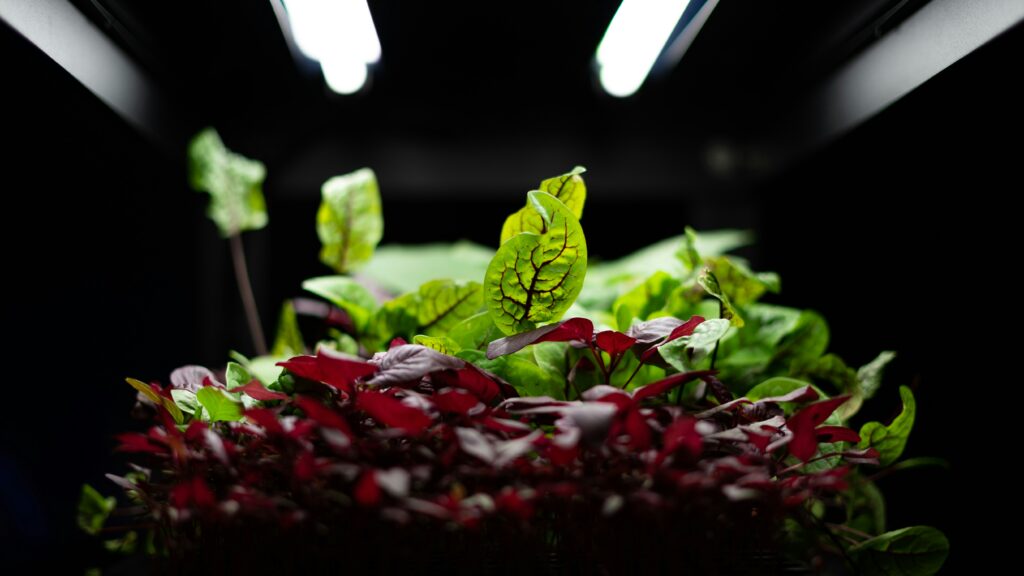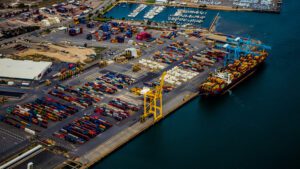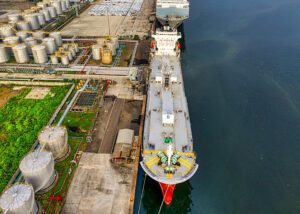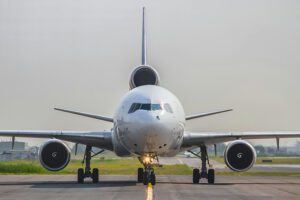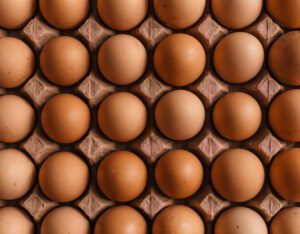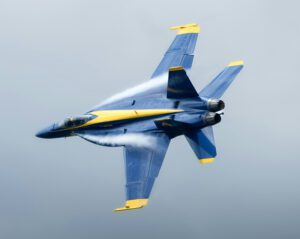As humanity sets its sights on the Moon and beyond, BBC explores a fascinating question: what will we eat when we get there? The answer, it turns out, involves innovative solutions that push the boundaries of culinary science. With NASA’s Artemis program planning to send astronauts back to the Moon in the coming years and the increasing interest in deep space missions, the future of space food is rapidly evolving. From pasta made from air to fungi-based protein bars, the food we eat in space is set to be truly out of this world.
“Food is something that keeps astronauts sane,” explains to BBC Dr. Sonja Brungs, astronaut operations deputy lead at the European Space Agency. “Good food, with a lot of variety, tailored to the needs of individual astronauts, is crucial for a successful deep space mission. People often underestimate its importance.”
Currently, astronauts rely on pre-packaged meals in small food pouches, created by specialized food-production companies. These meals are freeze-dried, dehydrated, or thermostabilized to ensure they are safe and easy to prepare in space. Astronauts simply add water to heat or cool the meals before eating. Occasionally, they can bring a special meal that reminds them of home, though this too must be carefully formulated and stabilized.
Certain foods are off-limits in space. Crumbly items like bread are a no-go because crumbs can become airborne in low gravity, posing risks if inhaled or interfering with equipment, writes Laura Hall. Salt intake is limited due to its effects on the body’s sodium levels, which can accelerate osteoporosis in space. Alcohol is also banned because it disrupts the waste water recycling system on the ISS. “Novelty is definitely an issue,” adds Brungs. According to her, astronauts on six-month missions miss solid textures and it’s crucial for mental wellbeing to have a variety of textures, especially for longer missions.
In 2021, NASA launched the Deep Space Food Challenge to discover innovative ways to create food in space with minimal resources and waste, while still being safe, nutritious, and tasty. One of the standout participants is Solar Foods, based in Helsinki. Their groundbreaking concept involves turning space waste into protein. Ongoing experiments are exploring the potential to mix this protein with oils and create steak-like textures using 3D printers.
Interestingly, fungi are also poised to play a significant role in the future of space food. Three of the six finalists in NASA’s Deep Space Food Challenge are working on fungi-based food concepts. These solutions involve closed-loop systems that produce food with the texture of chicken fillets and contain all essential amino acids needed for human health.
The third phase of NASA’s Deep Space Food Challenge is underway, aiming to test these innovative projects in space-like conditions. While these novel foods will undoubtedly be part of astronauts’ diets, they are also likely to influence how we eat on Earth in the future.


